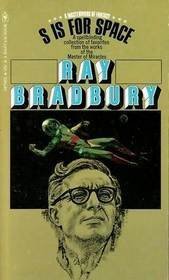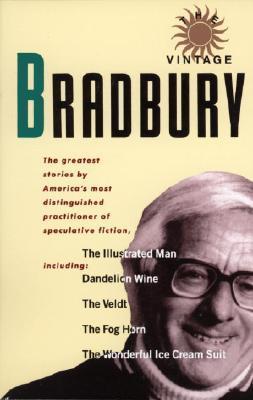
From the Dust Returned
Book Description
In a world where the line between the living and the dead blurs, a family of peculiar creatures emerges from the shadows, each with secrets that shape their destiny. Haunted by echoes of the past, they navigate a twisted landscape of love, longing, and unimaginable loss. This mesmerizing tale unfolds in a small town that feels alive with whispers and wonder, where relationships are tested and the bonds of blood are both a comfort and a curse. As darkness encroaches and the dust settles, can they find redemption, or are they doomed to repeat their tragic fates? What shadows will rise when twilight descends?
Quick Book Summary
"From the Dust Returned" by Ray Bradbury is a lyrical novel that weaves together interconnected stories about the Elliot family, a clan of supernatural beings living on the outskirts of a rural town. This gothic family, composed of immortals, ghosts, witches, and other peculiar figures, navigates the challenges of changing times as the world grows less hospitable to creatures of myth. At the center is young Timothy, a foundling and the family's only mortal member, whose human perspective anchors the family's supernatural legacy. Through vignettes rich in nostalgia and melancholy, Bradbury explores themes of belonging, mortality, memory, and the struggle to preserve one's identity when facing extinction. As the Elliots confront both external threats and internal doubts, they seek redemption and solace amidst the inexorable passage of time, haunted by both love and loss.
Summary of Key Ideas
Table of Contents
Family and Identity in a Changing World
The Elliot family, an ancient lineage of supernatural beings, stands as the heart of the novel. Living in a crumbling mansion on the outskirts of a nondescript town, they include vampires, ghosts, mummies, and witches. Though bound by affection and history, each family member bears their own burdens. As outsiders, they navigate a world that no longer believes in nor welcomes their kind, creating a deep sense of alienation and nostalgia. Their household is a microcosm of myth facing obsolescence, struggling to reconcile past glories with an uncertain future.
The Weight of Immortality and Memory
Timothy, the lone mortal among immortals, provides a unique perspective on the family’s oddities and their place in the world. Adopted as an infant, his journey is one of self-discovery as he tries to find belonging amidst beings he both loves and cannot fully become. Timothy’s role as observer, chronicler, and ultimately, as the bridge between supernatural and human, propels the narrative and frames the tension between family loyalty and individual identity. His vulnerability and humanity allow readers to feel the beauty and pain of otherness and acceptance.
Blurring the Boundaries Between Life and Death
Bradbury imbues the novel with a vibrant, bittersweet atmosphere. Set during All Hallows’ Eve, the environment is saturated with shadows, whispers, and the lingering presence of death and memory. The family's stories unfold in brief, episodic chapters, each illuminating the characters' longing for connection, the cost of living outside the passage of time, or the bittersweet act of remembering. Through rich prose, Bradbury highlights how memory—and the dust that returns every year—binds the Elliots to both their glory days and their inevitable fading.
Longing, Alienation, and Belonging
With the passing of time, the Elliots confront new threats: a world growing more hostile to difference and incredulity toward magic. Family members disappear or face their own declines, and traditions are threatened by the encroachment of modernity. Yet amidst this loss, the Elliots find solace in each other and in the stories they share. Through love, rituals, and stubborn hope, they resist oblivion, finding redemption not in immortality but in the power of remembering and embracing one another. As twilight descends and the dust settles, Bradbury leaves readers with a haunting meditation on what endures when all else fades.
Download This Summary
Get a free PDF of this summary instantly — no email required.





